Unit 2: Cell Structure and Function
1/26
There's no tags or description
Looks like no tags are added yet.
Name | Mastery | Learn | Test | Matching | Spaced |
|---|
No study sessions yet.
27 Terms
Prokaryotic vs Eukaryotic Cells (Nucleus, size, DNA, organelles, cell division, cell wall, examples)
Feature | Prokaryotic Cells | Eukaryotic Cells |
|---|---|---|
Nucleus | No true nucleus, DNA is in the nucleoid region | Have a true nucleus with a nuclear membrane |
Size | smaller | Larger |
DNA | Circular, located in the nucleoid | Linear, contained in the nucleus |
Organelles | Lack membrane-bound organelles | Contain membrane-bound organelles (e.g., mitochondria, ER, Golgi) |
Cell Division | Binary fission | Mitosis or meiosis |
Cell Wall | Present (made of peptidoglycan) | Only in plants/fungi (made of cellulose or chitin) |
Examples | Bacteria | Plants, animals, fungi |
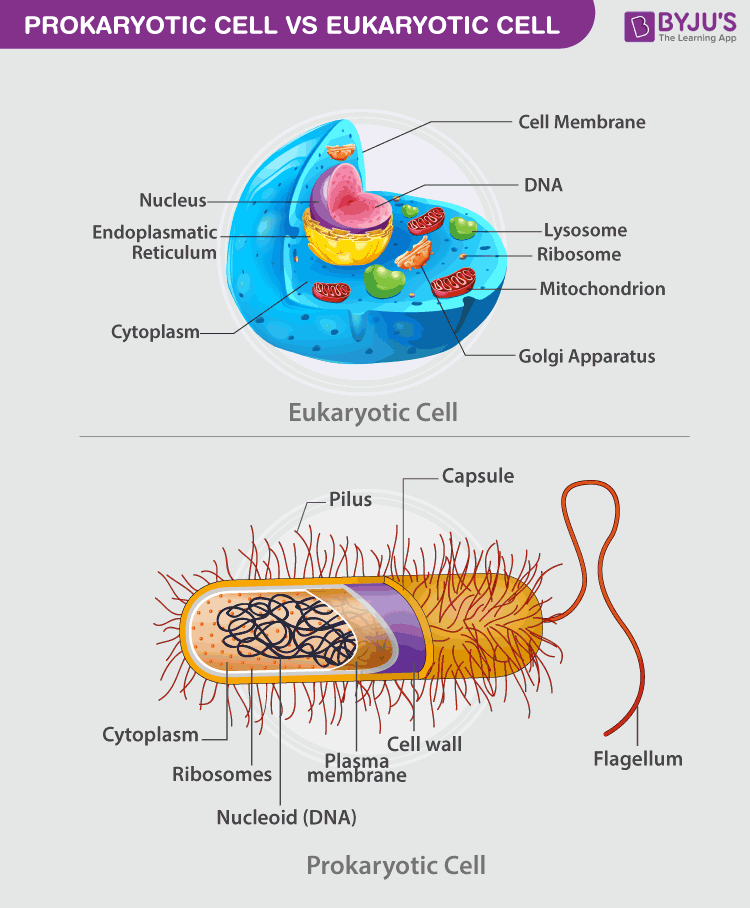
Nucleus
stores DNA, and controls cell activities (growth, metabolism, and reproduction)
the manager
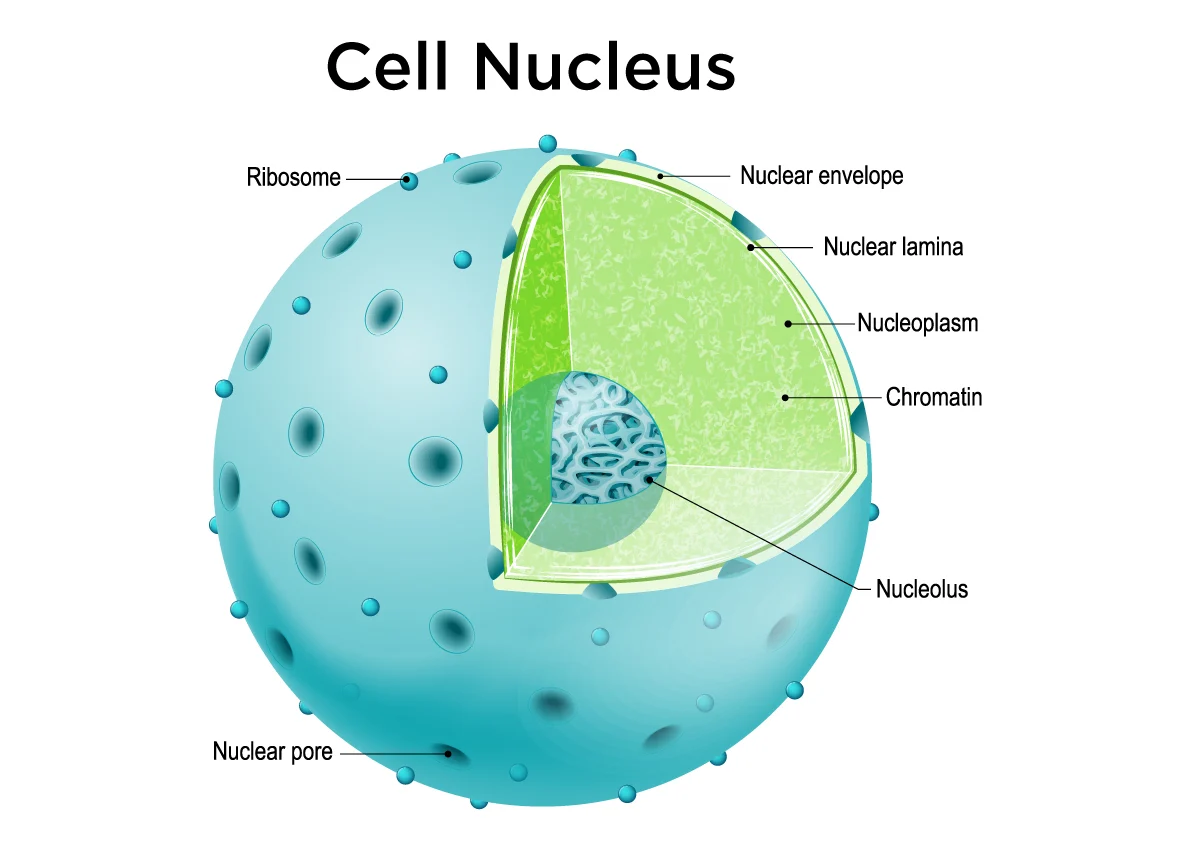
Mitochondria
powerfouse of the cell, produces ATP via cellular respiration
the power plant
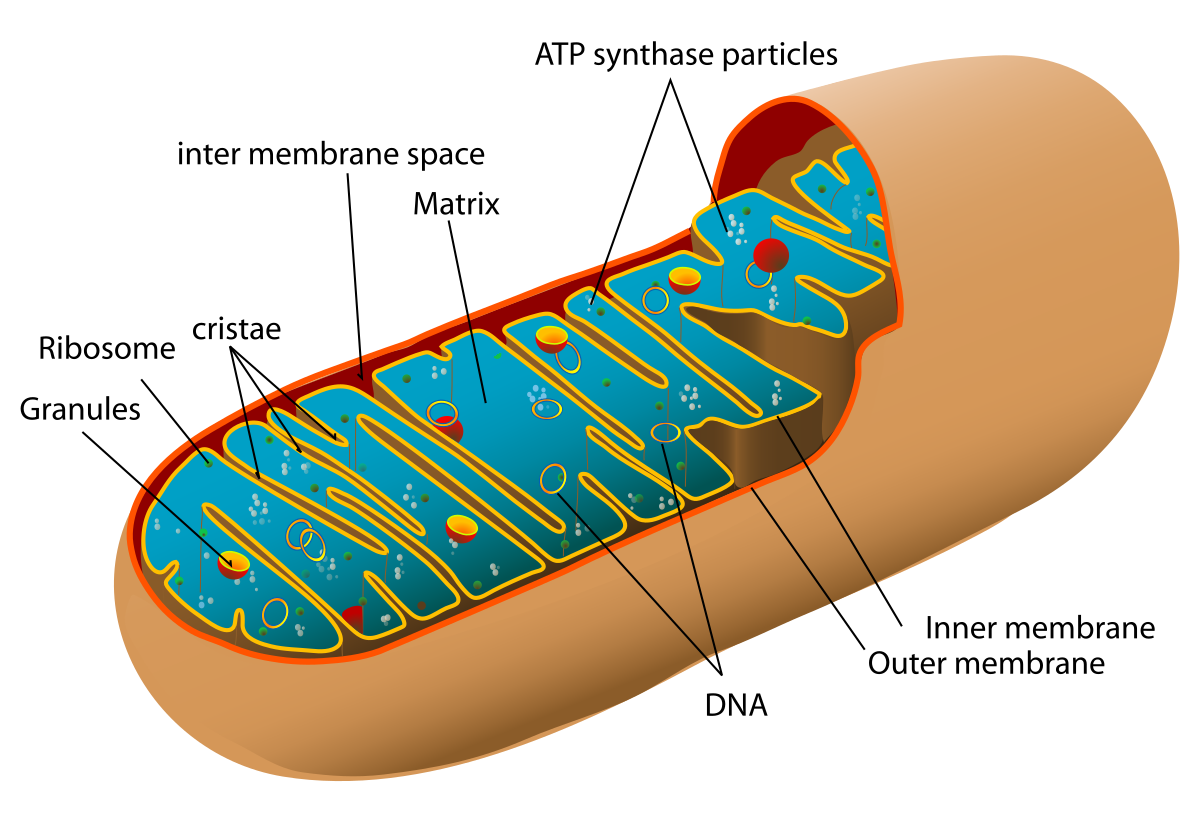
ribosomes
synthesizes proteins
factory workers
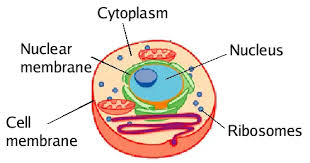
Rough ER
synthesizes proteins
“rough because of ribosomes”
assembly line with workers
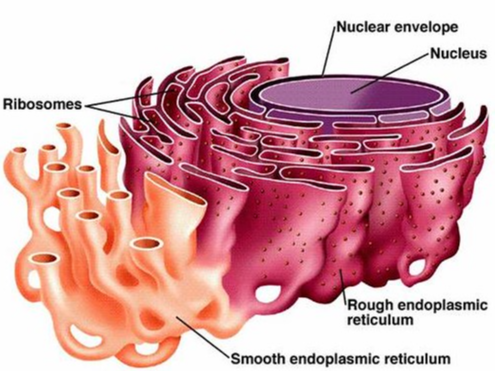
Smooth ER
synthesizes lipids, detoxifies drugs and poisons
no ribosomes
oil refinery / detox center
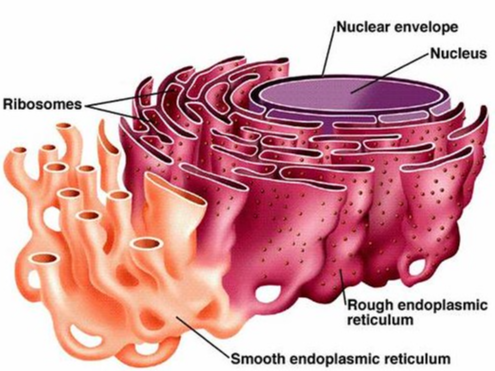
Golgi Apparatus
modifies, sorts, packages, and ships proteins and lipids for secretion or delivery to other organelles
post office
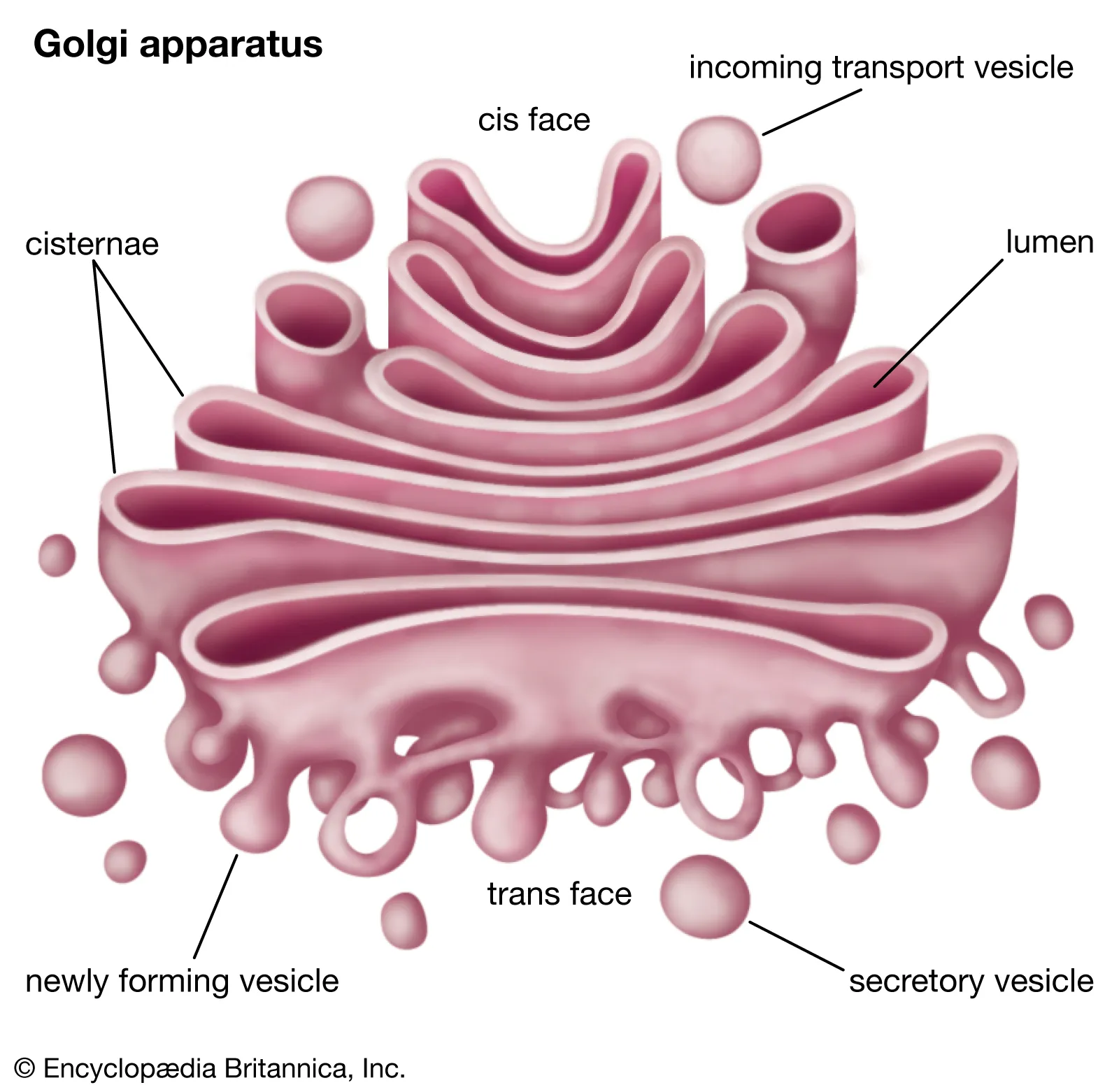
lysosomes
breaks down waste and foreign substances
Mostly in animal cells
garbage disposal
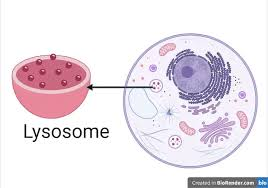
vacuoles
storage (water, food waste)
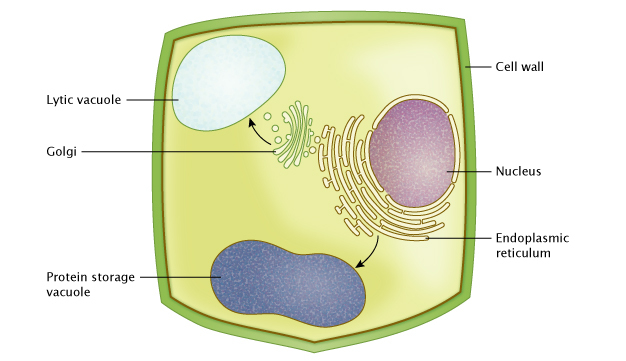
chloroplasts (plant cells)
carry out photosynthesis (solar → chemical energy)
solar panel

cell membrane (plasma membrane)
controls what enters and exists the cell, provides structural support
selectively permeable
security gate
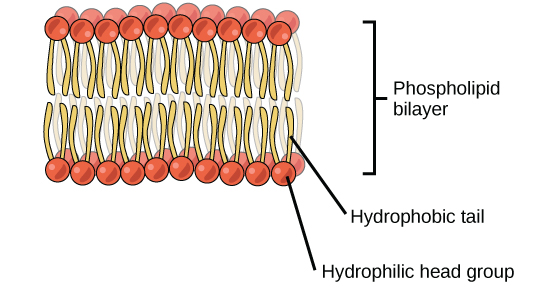
centrosomes and centrioles (animal cells)
organizes microtubules during cell division
The centrosome is like the whole "command center" for organizing the cell’s skeleton (the cytoskeleton).
Centrioles are little cylinder-shaped structures inside the centrosome that are especially important for mitosis and meiosis.
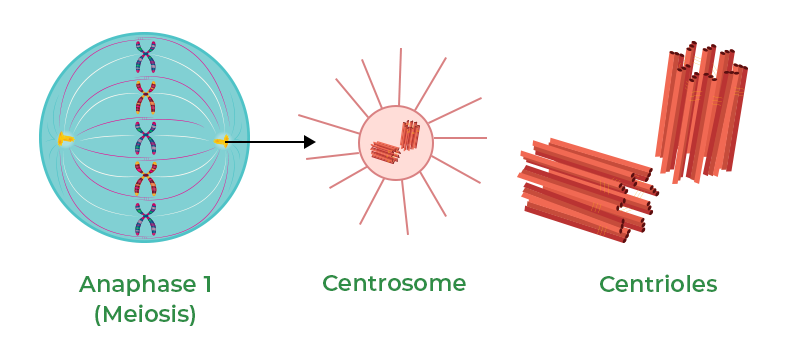
cytoskeleton
provides structural support, intracellular transport
frame
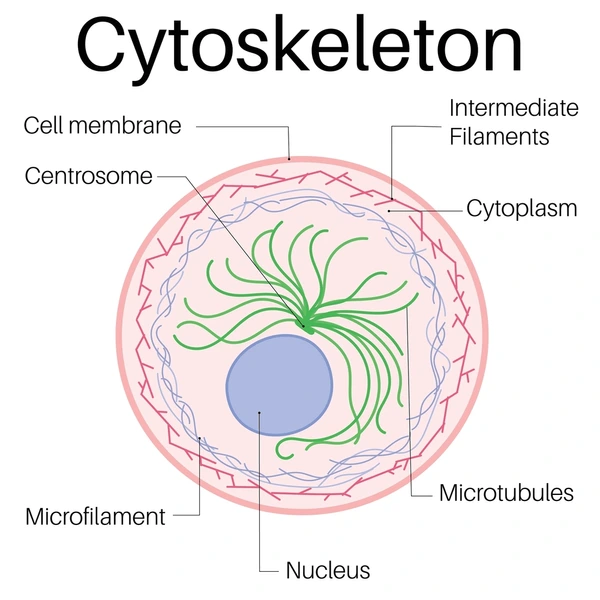
peroxisomes
break down fatty acids and detoxifies harmful substances, including hydrogen peroxide
hazmat team
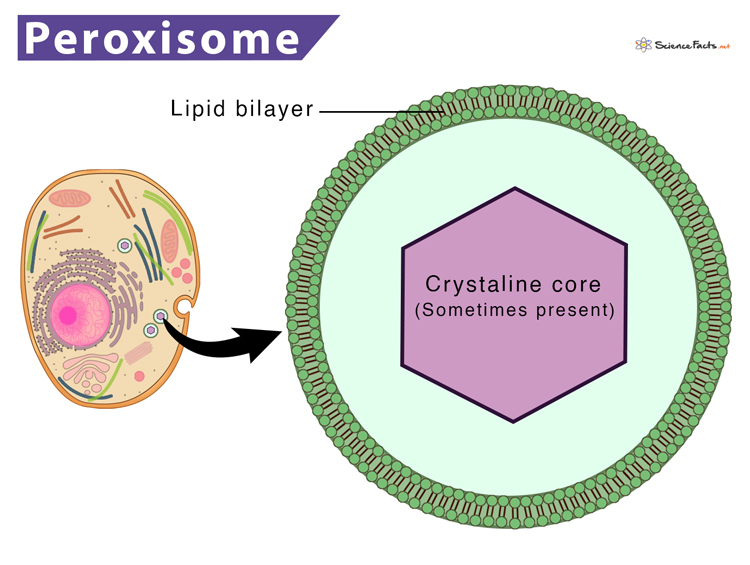
what structures are shared by prokaryotes and eukaryotes?
plasma membrane: controls what enters/leaves the cell
cytoplasm: where reactions happen
ribosomes: makes proteins
DNA: carries genetic info
Compare and contrast the organelles in prokaryotes, eurkaryotic plant cells, and eukaryotic animal cells
Organelle/Structure | Prokaryotes | Plant Cells | Animal Cells |
|---|
Plasma Membrane | ✅ | ✅ | ✅ |
Cytoplasm | ✅ | ✅ | ✅ |
Ribosomes | ✅ (smaller) | ✅ (larger) | ✅ (larger) |
DNA | ✅ (circular) | ✅ (linear, in nucleus) | ✅ (linear, in nucleus) |
Cell Wall | ✅ (peptidoglycan) | ✅ (cellulose) | ❌ |
Chloroplasts | ❌ | ✅ | ❌ |
Mitochondria | ❌ | ✅ | ✅ |
Large Central Vacuole | ❌ | ✅ | ❌ (small vacuoles only) |
Lysosomes | ❌ | Rare | ✅ |
Centrioles | ❌ | ❌ (usually) | ✅ |
Flagella | ✅ (simple) | Rare (only sperm of some plants) | Some (ex: sperm cells, complex) |
Fluid mosaic model
Components:
Phospholipid Bilayer: Forms the basic structure
Integral proteins (span across the membrane) act as channels, transporters, or receptors.
Peripheral proteins (sit on the surface) are involved in signaling or maintaining cell shape.
Carbohydrates: Attached to proteins or lipids, these play a role in cell recognition and communication (e.g., glycoproteins or glycolipids).
Cholesterol: Scattered throughout the membrane, cholesterol helps maintain membrane fluidity and stability, especially in fluctuating temperatures.
Key functions of Plasma Membrane
Selective Permeability: lets some substances in (water and ocygen) but blocks others (like toxins or larger molecules)
Communication: The proteins and carbohydrates allow for cell signaling
Structural Support: the membrane helps give the cell shape
Analogy
Phoshplipid bilayer: the gate → controls what goes in and out
Proteins: the guards → helps decide whats allowed through, communicate to the outside world
Carbohydrates: the signs → help identify the cell and its purpose
Cholesterol: the stabalizers → help the maintain fluidity and integrity of the membrane, especially at varying temperatures.
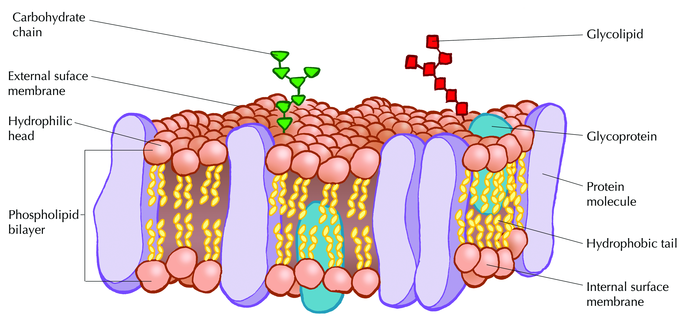
Passive transport
doesnt require energy (ATP) to move substances acros the plasma membrane
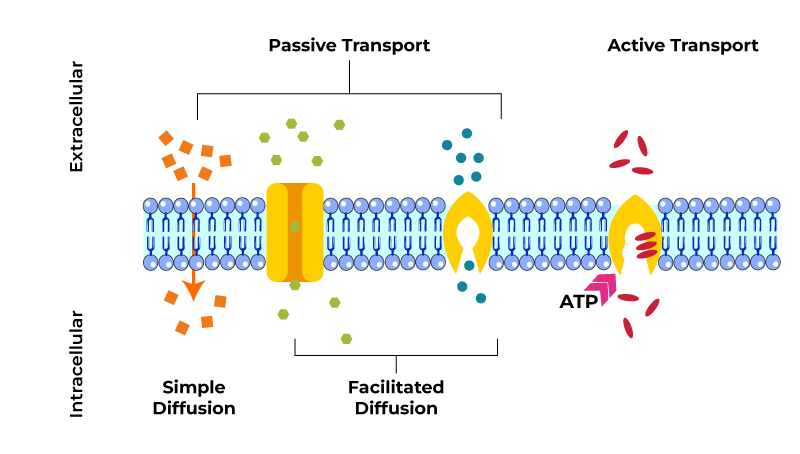
List and explain the types of passive transport
Diffusion: the movement of molecules from an area of higher concentration to an area of lower concentration.
only small nonpollar molecules can diffuse easily through the phosphlipid bilayer
ex: O2, CO2
Osmosis: the diffusion of water molecules across semipermeable membrane from an area of lower solute concentration to an area of higher solute concentration
water naturally moves to balance solute concentrations on both sides of the membrane (dilute a more concentrated solution)
can occur through special channels called aquaporins
ex: if you place a cell in fresh water, water will move into the cell (because the vells internal concentration is high) and cause the cell to swell
Facilitated diffusion: movement of molecules from an area of a higher concentration to an area of lower concentration
some molecules are too large, polar, or charged to pass through the bilayer so they need assistance fromt ransport proteins
channel proteins: like a tunnel that allows specific molecules or ions to pass through. (Ex: aquaporins, ion channels)
carrier proteins
change shape once molecule binds to move specific molecules across the membrane. (ex: glucose transporter)
active transport
requires energy (ATP) to move substances across the membrane (usually against their concentration gradient)
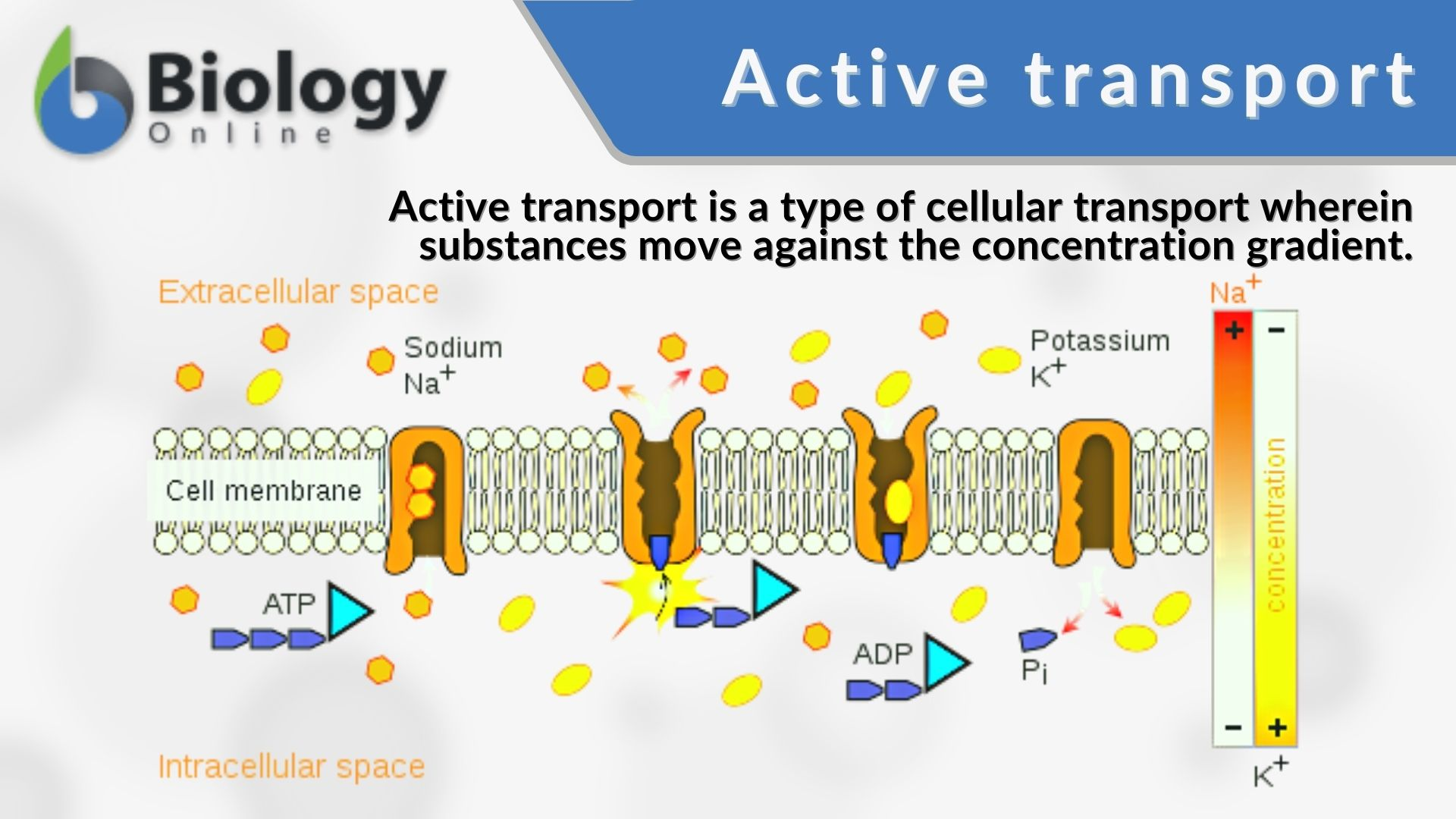
List and expain the types of active transport
Primary Active Transport: Directly uses ATP to transport molecules against their concentration gradient via pump proteins. (Ex: sodium-potassium pump)
Secondary Active Transport: Does not directly use ATP; instead, utilizes the energy from the primary active transport process to move other substances against their concentration gradient.
Example: Sodium-glucose cotransporter: It uses the gradient of sodium ions (created by the sodium-potassium pump) to bring glucose into the cell.
Bulk Transport: Involves the movement of large quantities of materials into (endocytosis) or out of (exocytosis) the cell, using vesicles.
phagocytosis: cell engulfs large solid particuls (cell eating)
pinocytosis: cell engulfs liquids (cell drinking).
Tonicity (isotonic, hypertonic, hypotonic)
the ability of a solution to affect the movement of water across a cell membrane.
Isotonic solution: same concentration of solutes inside and outside the cell, resulting in no net movement of water.
Hypertonic solution: higher concentration of solutes outside the cell, causing water to move out and the cell to shrink.
Hypotonic solution: lower concentration of solutes outside the cell, leading to water moving in and the cell swelling.
Surface Area to Volume Ratio
Formulas will be given!
SA: V → Surface Area / Volume (which describes how the size of an object affects its efficiency in exchanging materials with the environment.)
As a cell grows larger, its volume increases at a faster rate than its surface area.
Smaller cells have a higher SA:V ratio, meaning more surface area is available for exchange relative to the volume.
more effficient at exchanging materials
cells like bacteria are small → efficient nutrients asorbtion and waste removal
Larger cells have a lower SA:V ratio, meaning there's less surface area available for exchange relative to the volume.
found in multicellular organisms
compensate for lower SA:V ratio with folding membranes to increase surface area and specialized structures
If a cell were to get too large, it might struggle to bring in enough nutrients or expel waste products quickly enough to survive, so they tend to stay small